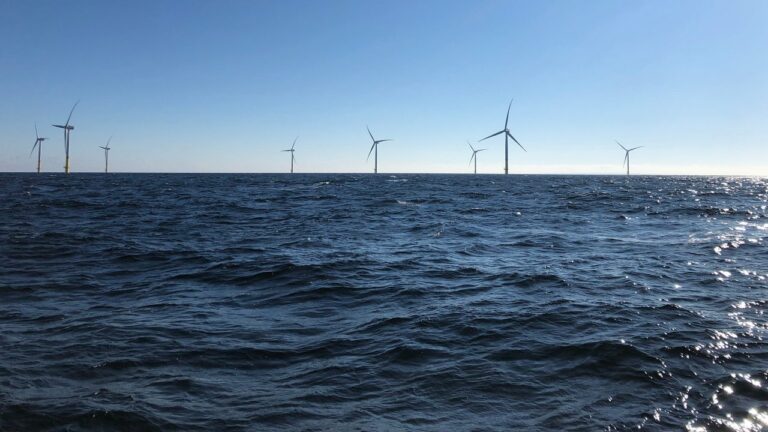 A study by the Boston Consulting Group (BCG) revealed that global investments in the green hydrogen sector will range between $6tn and $12tn between 2025 and 2050.
A study by the Boston Consulting Group (BCG) revealed that global investments in the green hydrogen sector will range between $6tn and $12tn between 2025 and 2050.BCG estimates that by 2050, the demand for hydrogen will reach 350 million tons annually, which is three and a half times higher than current consumption. Green hydrogen is produced from water and is considered a sustainable alternative to natural gas, which is currently used in the production of hydrogen.
The consultancy argues that Brazil, with 85% of its energy matrix consisting of renewable sources, is positioned to lead the market. To achieve this goal, governments and businesses need to act fast.
Attracting investment in green hydrogen depends on several factors. Companies should seek opportunities in countries that have policies that encourage investment and mitigate risks or have plans to create robust regulations for the market.
Experienced partners can help manage risks associated with low-carbon projects, and companies should create a portfolio of green hydrogen-related investments that work together to generate better returns. Additionally, companies should carefully assess the risks of pioneering projects to ensure momentum for future positioning. Arthur Ramos, BCG’s CEO and partner, notes that historically, early investors have better outcomes, and the time for low-carbon hydrogen is now.
What sets Brazil apart is a set of natural and energetic factors. First, the country has an abundance of natural resources for the production of hydrogen, including green hydrogen produced from water. Second, the electrical matrix is primarily clean, which is essential for green hydrogen production. Finally, the growth potential of renewable sources in Brazil is significant, which will allow the country to continue to lead in the green hydrogen market.
Brazil’s government has made voluntary commitments to accelerate the achievement of sustainable development goals, including commitments to biofuels and hydrogen. Two legal frameworks were published in 2022 that directly affect the hydrogen segment in Brazil, creating a regulated carbon market and including hydrogen as an energy source in the Brazilian matrix.
However, there are obstacles to the widespread adoption of green hydrogen, including high costs and the need for infrastructure to support its production, storage, and transportation. It is also necessary to consider the generation capacity of renewable energy sources.
In Europe, the need to replace renewable energy used in hydrogen production with non-renewable sources is an obstacle due to climate and geography issues. In Brazil, there is still a lot of room for growth in renewable sources.





